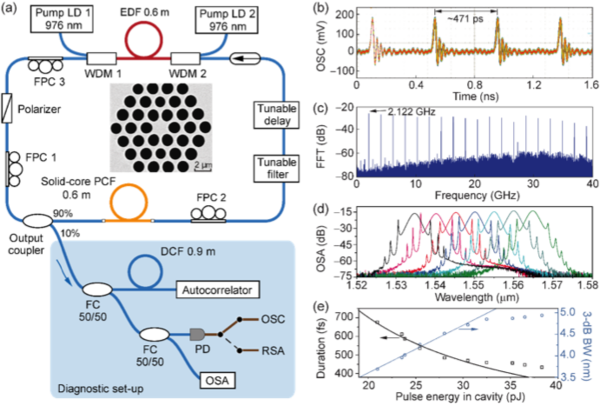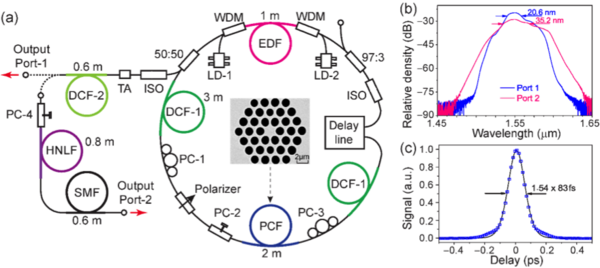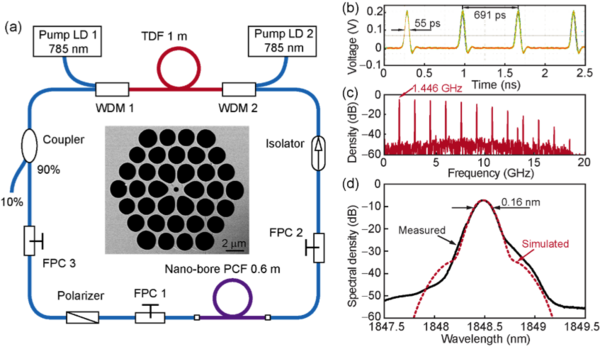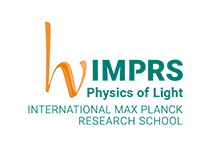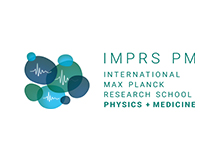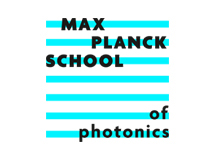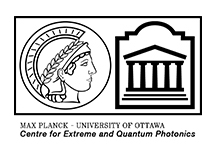GHz optoacoustic mode-locking of fibre lasers
The intense optoacoustic interactions in solid-core PCFs with high air-filling fractions – the core acts rather like an optically driven quartz oscillator – can be used to force fibre lasers to mode-lock at a high harmonic of their round-trip frequency [Kang (2013)]. This passive GHz mode-locking mechanism turns out to be extremely stable, resulting in lasers that can oscillate without interruption for weeks, and probably indefinitely. We have been perfecting this technique over the recent several years, and now can produce sub-100 fs pulses at repetition rates of 2 GHz at 1550 nm. The system works at any wavelength where the core is transparent, and can be used to store data long-term.

